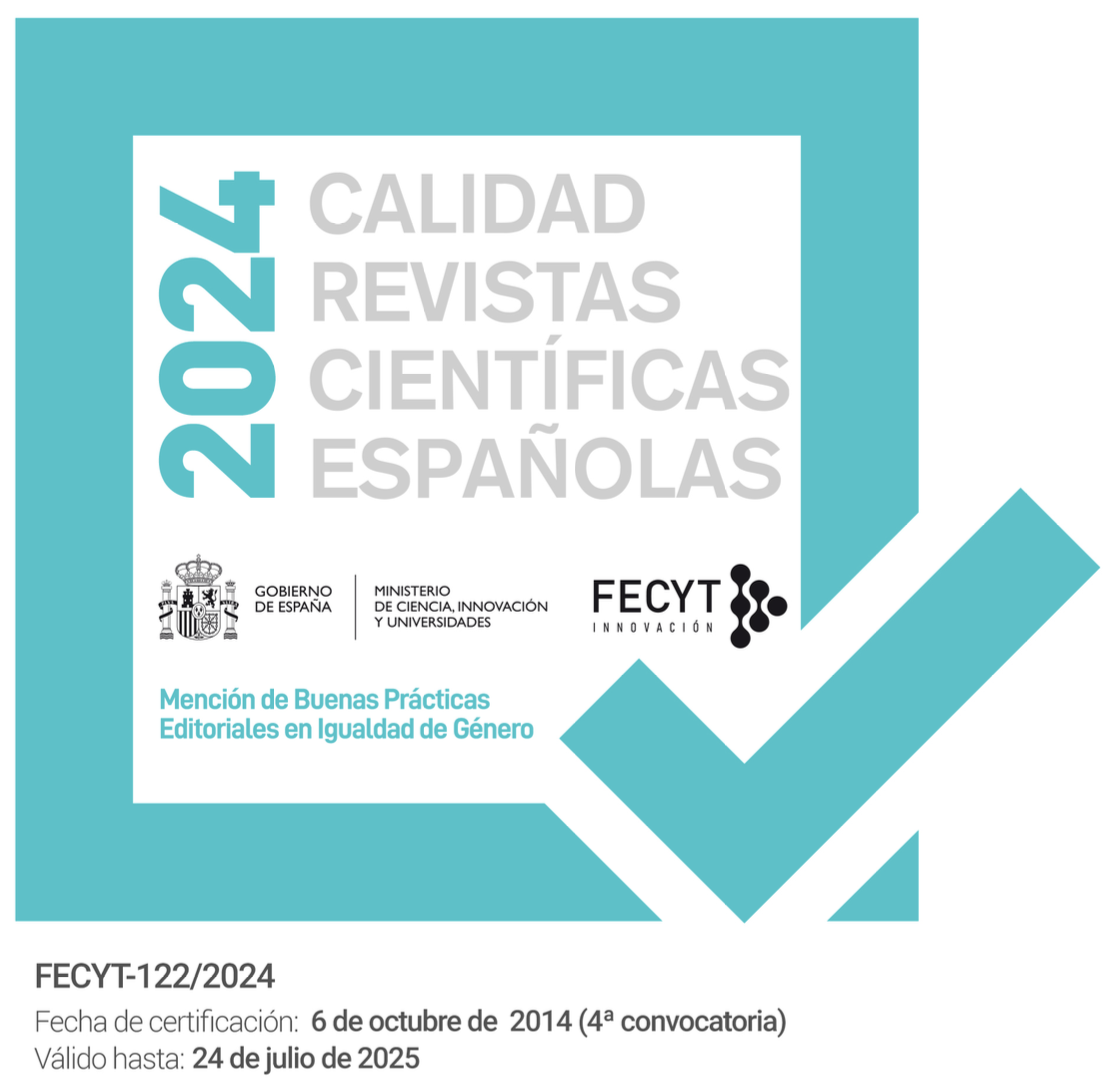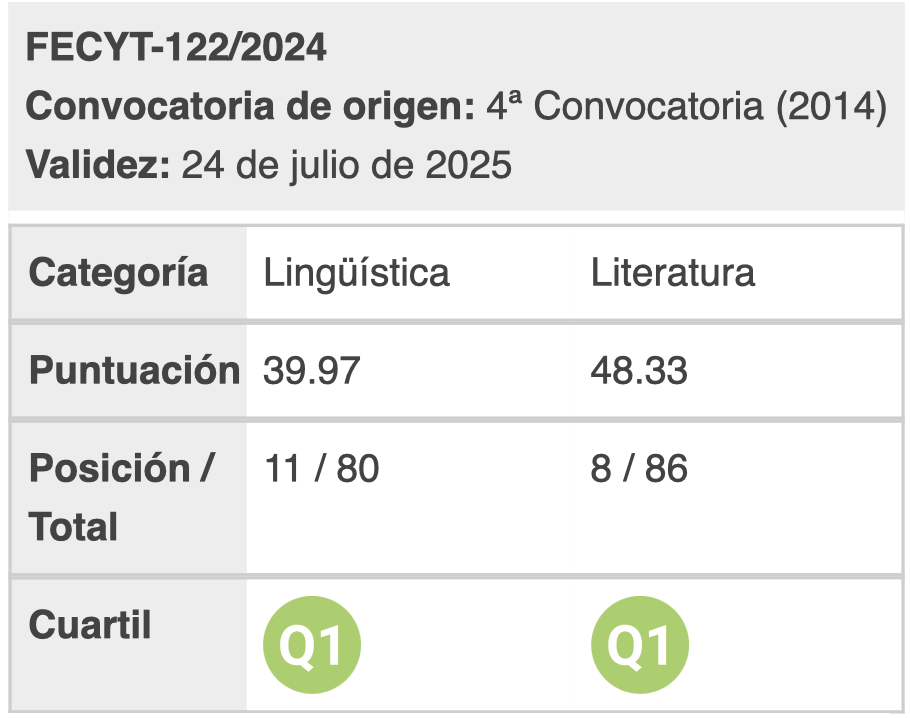Submissions
Submission Preparation Checklist
As part of the submission process, authors are required to check off their submission's compliance with all of the following items, and submissions may be returned to authors that do not adhere to these guidelines.- 1. The submission has not been previously published, nor is it before another journal for consideration (or an explanation has been provided in Comments to the Editor).
- 2. The submission is the result of the author’s / authors’ own personal research and nobody else has been involved, other than the author(s).
- 3. The instructions laid out in "Ensuring a Blind Review" have been followed, with all files anonimized and all references or mentions that could potentially identify the author have been removed.
- 4. The text adheres to the stylistic and bibliographic requirements outlined in the Author Guidelines. Articles that do not comply with the Atlantis style sheet will be returned for resubmission.
Articles
Articles published by Atlantis must be the result of research. They should be between 6,000 and 8,000 words and, ideally, would have the following sections, although these need not be explicitly indicated in the text:
1. An introduction providing the context of the research and formulating the research question to be substantiated.
2. A brief review of the relevant bibliography, justifying the validity, originality, and scientific interest of the hypothesis or research claim in the light of existing scholarship on the subject.
3. The body of the article, in which evidence and facts prove the hypothesis or substantiate the research claim.
4. A concluding section, in which the contribution made to scholarship is neatly delimited and emphasized.
It is highly desirable for articles to have a sharp, clearly-stated focus, with aims made explicit from the outset and every section contributing to show the validity of the research and of its conclusions.
Book review articles
Book review articles are substantial reviews covering a number of related books. They should aim at offering a comprehensive analysis of the literature on a specific topic or field through summary, classification, analysis or comparison of at least two published books with either complementary or contrasting views. At the same time, they are expected to incorporate the author’s assessment of the volumes in terms of their relative value and scope, as well as to indicate directions for future research. Review articles should therefore include a bibliographical revision of previous publications, a critical assessment of the debates involved and a description of the contributions made by the authors of the books to the main topic. The journal especially welcomes review articles of books which have appeared within two years of the date of submission. Review articles should be between 4,500 and 6,000 words long. Objectivity on the part of the reviewer is essential. Formal aspects such as style, layout, critical apparatus, reference system, etc. should also be attended to, complying with the journal’s guidelines.
Copyright Notice
The authors retain copyright of articles. They authorise AEDEAN to publish them in its journal Atlantis and to include them in the indexing and abstracting services, academic databases and repositories the journal participates in.
Under the terms of the Creative Commons Attribution NonCommercial ShareAlike 4.0 International Licence (CC BY-NC-SA 4.0), for non-commercial (i.e., personal or academic) purposes only, users are free to share (i.e., copy and redistribute in any medium or format) and adapt (i.e., remix, transform and build upon) articles published in Atlantis, free of charge and without obtaining prior permission from the publisher or the author(s), as long as they give appropriate credit to the author, the journal (Atlantis) and the publisher (AEDEAN), provide the relevant URL link to the original publication and indicate if changes were made. Such attribution may be done in any reasonable manner, but not in any way that suggests the journal endorses the user or their use of the material published therein. Users who adapt (i.e., remix, transform or build upon the material) must distribute their contributions under the same licence as the original.
Self-archiving is also permitted, so that authors are allowed to deposit the published PDF version of their articles in academic and/or institutional repositories, without fee or embargo. Authors may also post their individual articles on their personal websites, again on condition that the original link to the online edition is provided.
Authors are expected to know and heed basic ground rules that preclude simultaneous submission and/or duplicate publication. Prospective contributors to Atlantis commit themselves to the following when they submit a manuscript:
- That no concurrent consideration of the same, or almost identical, work by any other journal and/or publisher is taking place.
- That the potential contribution has not appeared previously, in any form whatsoever, in another journal, electronic format or as a chapter/section of a book.
Seeking permission for the use of copyright material is the responsibility of the author.
Privacy Statement
By virtue of the provisions of Regulation (EU) 2016/679 of the European Parliament and of the Council, of 27 April, on the protection of natural persons with regard to the processing of personal data, and in accordance with the Spanish regulations in force on personal data protection and guarantee of digital rights, we inform authors that their data will be incorporated into the treatment system owned by the journal Atlantis. The registered data will be processed by Atlantis for the sole purpose of managing and processing the publication and dissemination of the work of the author. The legitimate basis of this treatment is the execution of a contract and the corresponding legal obligation of the journal Atlantis, which undertakes not to transfer such data except as legally provided and to adopt the measures legally provided to prevent alteration, loss and unauthorised treatment or access. Likewise, authors are informed that their data will be kept for the period strictly necessary to comply with the aforementioned precepts and that they may revoke their consent, as well as exercise the rights of access, rectification, cancellation, limitation to treatment, suppression, portability and opposition by means of an electronic mail addressed to the General Editor of the journal Atlantis. Optionally, authors could go to the competent control authority to present the claim that they consider appropriate.




